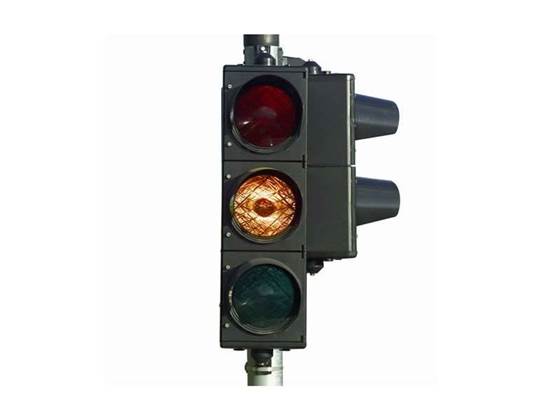Victoria’s road traffic authority has enlisted experts in artificial intelligence, data mining and signal processing to reduce congestion on Melbourne roads.

The authority has agreed to provide the newly launched Swinburne Intelligent Transport Systems Laboratory with real-time data from sensors at some 10,000 street intersections in Melbourne.
Laboratory head Hai Vu hoped to analyse VicRoads’ data to deliver usable traffic management algorithms to the authority within the next three years.
The project could also deliver new driver navigation systems that would recommend an optimal route based on traffic predictions and user-defined factors like carbon emissions and terrain.
“The aim is to use past and present data to predict future conditions of the network,” Vu explained, describing the laboratory as the result of two years of discussions with the industry.
Vu expected to receive terabytes of real-time and historical VicRoads data via virtual private network, and store and manipulate that data in Swinburne University’s supercomputing facility.
He hoped to collaborate with Swinburne astrophysicists, Google, NICTA, and the Delft University of Technology, noting that the sum of various research efforts would be greater than its parts.
Ideally, Vu hoped to import VicRoads’ sensor data onto Delft’s data collection and analytics platform alongside Google’s information about speed limits and maps.
“We don’t want to reinvent the wheel,” he said, adding that the lab would consult NICTA on data mining techniques to extract and make sense of information on traffic density, flow and speed.
Swinburne astrophysicists would also be consulted on how to manipulate large data sets using the university’s supercomputing facility.
Vu hoped to deliver a traffic management prototype within one year. By 2015, he hoped to pilot the system on Melbourne roads, to inform traffic light timing, variable speed limits and freeway ramp signals.
He expected to deliver improvements to today’s driver navigation products by 2014, although the lab had yet to determine how those improvements would reach the market.
"Traffic congestion costs our economy billions of dollars in petrol and lost time each year,” Vu said. "We hope our research makes a difference to everyday lives, enabling road users to reach their destination more quickly.
“Smart information use, underpinned by emerging information communication technologies can sound difficult and highly technical - but when we consider the benefits, it is always worthwhile.”
























